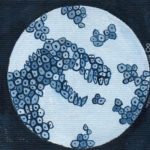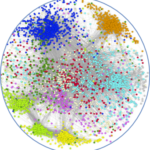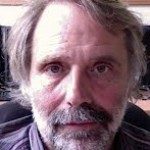Link to Pubmed [PMID] – 33214622
Link to DOI – 10.1038/s41598-020-77010-4
Sci Rep 2020 11; 10(1): 20190
Natural antisense transcripts (NAT) have been reported in prokaryotes and eukaryotes. While the functions of most reported NATs remain unknown, their potentials in regulating the transcription of their counterparts have been speculated. Entamoeba histolytica, which is a unicellular eukaryotic parasite, has a compact protein-coding genome with very short intronic and intergenic regions. The regulatory mechanisms of gene expression in this compact genome are under-described. In this study, by genome-wide mapping of RNA-Seq data in the genome of E. histolytica, we show that a substantial fraction of its protein-coding genes (28%) has significant transcription on their opposite strand (i.e. NAT). Intriguingly, we found the location of transcription start sites or polyadenylation sites of NAT are determined by the specific motifs encoded on the opposite strand of the gene coding sequences, thereby providing a compact regulatory system for gene transcription. Moreover, we demonstrated that NATs are globally up-regulated under various environmental conditions including temperature stress and pathogenicity. While NATs do not appear to be consequences of spurious transcription, they may play a role in regulating gene expression in E. histolytica, a hypothesis which needs to be tested.







